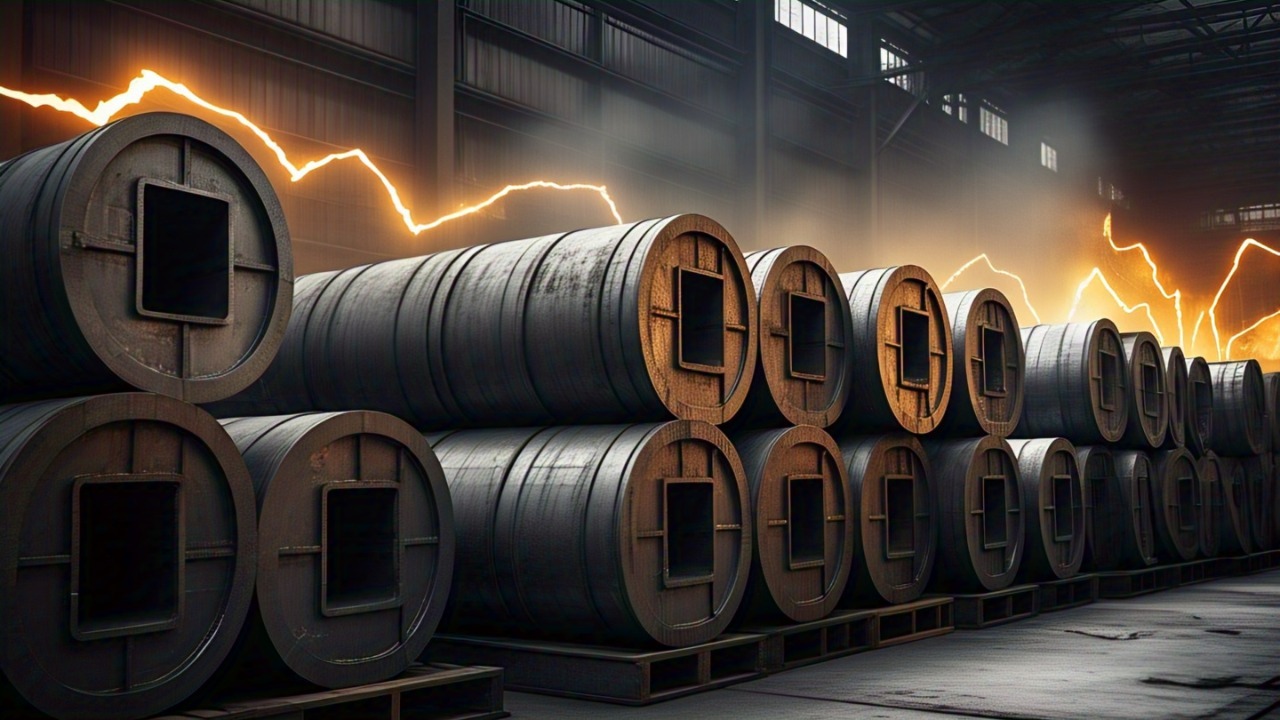How Construction and Automotive Sectors Are Impacting the Hot Rolled Steel Price Trend

The global hot rolled steel price trend is a crucial metric for industries ranging from infrastructure to consumer goods. Among the many variables influencing this trend, the construction and automotive sectors stand out as the most impactful demand drivers. Their consistent and large-scale consumption of steel plays a pivotal role in shaping price dynamics. For businesses trying to anticipate future cost implications, the Hot Rolled Steel Price Forecast offers valuable insight into where the market might be heading based on industry demand projections.
In this article, we’ll explore how developments in the construction and automotive industries are influencing hot rolled steel prices globally, and what market participants can expect in the near future.
Construction Industry: A Primary Steel Consumer
1. Demand for Structural Components
Hot rolled steel is widely used in beams, columns, and structural frameworks due to its strength and load-bearing capabilities. As global infrastructure initiatives expand, especially in emerging economies like India, Southeast Asia, and parts of Africa, demand for steel continues to surge.
Massive government spending on roads, bridges, residential complexes, and commercial buildings adds significant pressure on steel supply chains. The result? Upward price pressure on hot rolled steel, especially during construction booms.
2. Post-Pandemic Recovery and Urban Expansion
After the pandemic-induced slump, many countries launched stimulus-driven infrastructure programs to boost economic recovery. For example:
- The U.S. Infrastructure Investment and Jobs Act earmarked over $1 trillion for roads, bridges, and railways.
- China ramped up its urban development initiatives in smaller cities to boost domestic consumption.
These activities significantly increased steel demand, causing tight supply conditions and driving prices higher in 2021–2023. The continued rollout of these projects has kept hot rolled steel demand robust well into 2025.
Automotive Sector: A Dynamic and Evolving Influencer
1. Automotive Manufacturing Relies Heavily on Steel
Each vehicle requires hundreds of kilograms of hot rolled steel—used in chassis frames, engine components, wheels, and body panels. The scale of global car production means even slight increases in manufacturing volumes can affect the steel market.
In recent years, as automotive production recovered from supply chain disruptions (such as the global chip shortage), demand for steel rebounded sharply. This resurgence was particularly noticeable in:
- Electric Vehicle (EV) manufacturing, which often requires specialized steel grades.
- Light truck and SUV production, which uses more steel than smaller cars.
2. Shift to Electric Vehicles (EVs)
While EVs are often thought of as being lighter and aluminum-centric, they still rely on hot rolled steel for structural integrity and crash protection. The rapid global expansion of EV production, led by companies like Tesla, BYD, and traditional automakers shifting to electric platforms, is driving demand for specialized high-strength steels.
Additionally, battery enclosures and protective casings in EVs are often made from steel, especially in mid- and low-cost models. As the EV market grows, it contributes directly to the hot rolled steel price trend through volume and material innovation.
Supply Chain Challenges Add Fuel to the Fire
1. Just-in-Time Inventory Models
Both construction and automotive industries rely on just-in-time (JIT) inventory strategies to minimize storage costs. While efficient, this model is vulnerable to supply chain disruptions. During periods of sudden demand spikes—like post-lockdown construction activity or auto plant re-openings—steel mills struggle to keep up, resulting in short-term price surges.
2. Raw Material Shortages and Logistics Delays
Increased demand from both sectors can lead to:
- Shortages of iron ore and coking coal, the essential inputs for hot rolled steel.
- Port congestion and shipping delays, especially in Asia-Pacific trade routes.
- Increased freight costs, which directly affect the landed cost of steel.
These pressures are felt acutely when demand from construction and automotive sectors peaks simultaneously, which happened in mid-2022 and is expected to repeat in late 2025.
Regional Disparities in Impact
1. North America and Europe
In North America, the combination of residential housing booms and revitalized auto manufacturing plants (especially in Mexico and the U.S.) is putting upward pressure on steel prices. Europe faces similar challenges, particularly in Germany and the U.K., where both infrastructure rebuilding and auto exports are driving steel demand.
2. Asia-Pacific
Asia, particularly India and China, is a steel consumption giant. In India, continued urbanization and road-building programs, coupled with the rise of domestic auto giants like Tata Motors and Mahindra, keep steel demand high. Meanwhile, in China, shifts in real estate regulation and auto incentives continue to swing market dynamics unpredictably.
The Way Forward: What to Expect
Looking ahead, the hot rolled steel price trend is expected to remain volatile, with sustained upward pressure throughout late 2025 and early 2026. Key reasons include:
- An increase in modular construction projects globally.
- Continued EV manufacturing expansion, especially in Asia and Europe.
- Renewed infrastructure stimulus in developing economies.
However, innovations such as lightweighting in vehicles, 3D printing in construction, and green steel initiatives could temper demand growth over the longer term.
The interplay between the construction and automotive sectors and the hot rolled steel price trend is dynamic and highly influential. When both sectors grow in tandem, as we’ve seen in recent years, the pressure on steel supply chains intensifies, often resulting in significant price hikes.
Understanding these industrial trends is crucial for manufacturers, suppliers, and investors aiming to forecast costs and plan procurement strategies. As global demand remains strong, tracking sector developments alongside resources like the Hot Rolled Steel Price Forecast is vital for staying competitive in an ever-evolving market.
Note: IndiBlogHub features both user-submitted and editorial content. We do not verify third-party contributions. Read our Disclaimer and Privacy Policyfor details.



